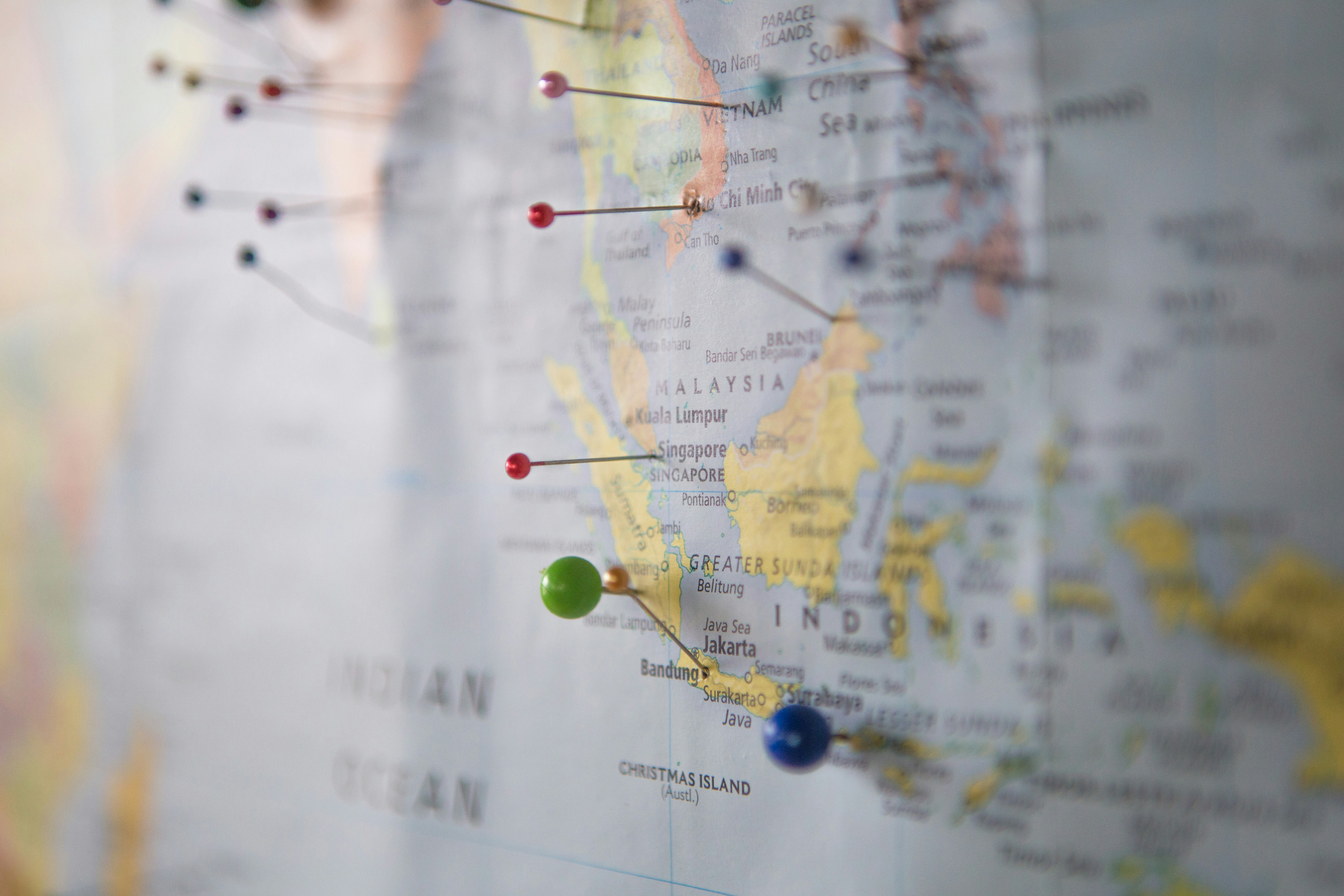Arche’s GIS specialises in providing creative GIS solutions and advanced data analytics tools to aid strategic decision making.
Arche offers advanced data analytics and GIS services with a focus on energy, electric vehicles and infrastructure.
We manage data, perform analytics and develop bespoke apps and software solutions to help your business make better decisions and improve its productivity.
Make better decisions with our GIS and Data Analytics team.

Arche Energy provides:
Site selection
Site layouts
Advanced data analytics
Complex data management
Server creation.

GIS technology captures, stores, analyses, and manages spatial and geographical data.
Spatial data is information about the location, shape, and characteristics of geographic features.
This data can come from GPS devices, satellite imagery, surveys, and historical records of environmental conditions from temperature to ecology.
GIS helps in making informed, evidence-based decisions.
The applications of GIS technology continue to expand as new advancements are made in data collection, analysis, and visualisation.
GIS technology is extensively used in urban and land use planning to analyse and visualise spatial data to help infrastructure planning professionals make informed decisions about growth management, environmental conservation, and community development.
It helps to improve outcomes for everyone in infrastructure development, land use planning, transportation networks, and zoning regulations.
In natural resource management, GIS is used to manage forests, water bodies, wildlife habitats, and agricultural lands.
It facilitates monitoring of environmental changes, assessing biodiversity, water management, and planning conservation efforts.
GIS can play a pivotal role in disaster management, whether through enhancing preparedness, facilitating agile and effective response, or enabling recovery efforts.
Emergency responders can use GIS to identify the most vulnerable locations, coordinate rescue operations, assess damage, and allocate effectively during emergencies.
Public health initiatives use GIS tools for disease surveillance, epidemiological analysis, and healthcare planning. They help health agencies track the spread of diseases, identify high-risk populations, analyse healthcare access and delivery, and plan vaccination campaigns and emergency responses during outbreaks.
GIS technology is employed in transport planning, route optimisation, and logistics management.
It assists in analysing traffic patterns, designing transportation networks, optimising delivery routes, managing vehicle fleets, and improving public transportation systems for better efficiency and reduced environmental impact.
GIS is used to monitor environmental parameters such as air quality, water quality, soil erosion, and pollution levels.
Environmental scientists use GIS technology to collect, analyse, and visualise spatial data to assess environmental health, identify pollution sources, and develop strategies for environmental remediation and conservation.
In the utility management sector, GIS technology is used to manage electricity, water, and telecommunications networks.
It helps utility companies in asset management, network planning, outage management, and infrastructure maintenance by providing spatially accurate information about network components and service areas.
GIS is utilised in market analysis, site selection, and business intelligence for retail, real estate, and marketing sectors.
It helps businesses identify target markets, analyse consumer demographics and needs, assess competition, and make evidence-based decisions about the location of stores, offices, or facilities.
In agriculture, GIS technology is used for precision farming, crop management, and land suitability analysis.
It helps farmers optimise irrigation, fertiliser usage, and pest control by analysing soil characteristics, topography, and weather patterns.
GIS also helps to monitor crop health, predict yields, and manage agricultural resources more efficiently.
Led by Abel Quintero, the team applies expertise so our clients can make better decisions, optimise their operations, and achieve their goals.
Read about Abel and his team and how they can leverage your data.